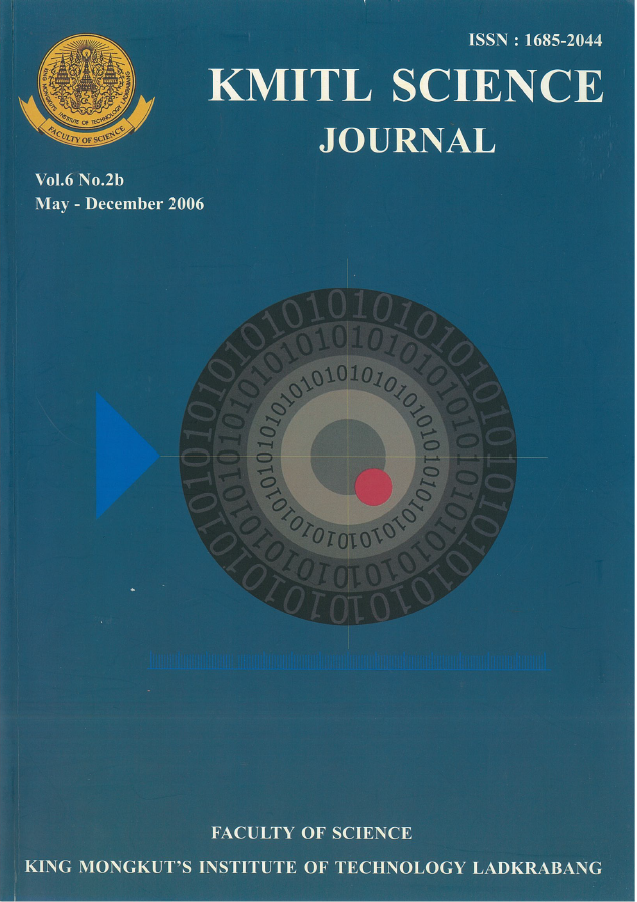Growth and pigment formation of a fungus Monascus KT066 were studied in a 2-L stirrer tank fermenter at various agitation speeds (200, 500, 700, and 900 rpm). A cassava decanter liquid waste was used as a fermentable substrate. At an agitation speed of 200 rpm, long aggregated mycelia were observed with high cell mass (5.1 g/l) but low pigment yields, 0.028, 0.016, and 0.015 unit/g. substrate of yellow, orange, and red pigment, respectively. At higher agitation speeds, 500 and 700 rpm, short branched mycelia were observed with cell mass of 4.0 and 5.6 g/l, respectively. The pigment yields of yellow, orange, and red pigment at 500 rpm were 0.035, 0.032 and 0.034 and at 700 rpm were 0.044, 0.042, and 0.040 unit/g.substrate, respectively. At the highest agitation speed (900 rpm), mycelium appeared to be damaged by mechanical shear forces since short and broken mycelia were found dominated in the culture broth. The lowest cell mass and pigment yields were also observed at this agitation speed. The results showed that 700 rpm seem to be suitable agitation speed for growth and pigment formation of Monascus KT066 in a solely cassava decanter liquid waste. When Monascus KT066 was cultivated in an adjusted cassava decanter liquid waste (C:N ratio = 70:1) at 700 rpm, the growth increased to 16.1 g/l and the pigment yields of yellow, orange, and red increased to 0.166, 0.189, and 0.197 unit/g.substrate, respectively.
Keywords: Monascus, fungal pigment, agitation speed, stirrer tank fermenter, cassava liquid waste
Corresponding author: E-mail: aporn.won@kmutt.ac.th
Wongwicharn*, A. ., Phoolphundh, S. ., Suksud, K. ., & Nimsiri, A. . (2018). Monascus Pigment Formation in Cassava Liquid Waste Under Various Agitation Speeds. CURRENT APPLIED SCIENCE AND TECHNOLOGY, 692-698.
